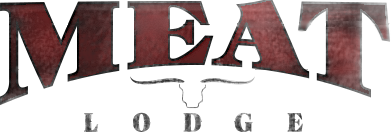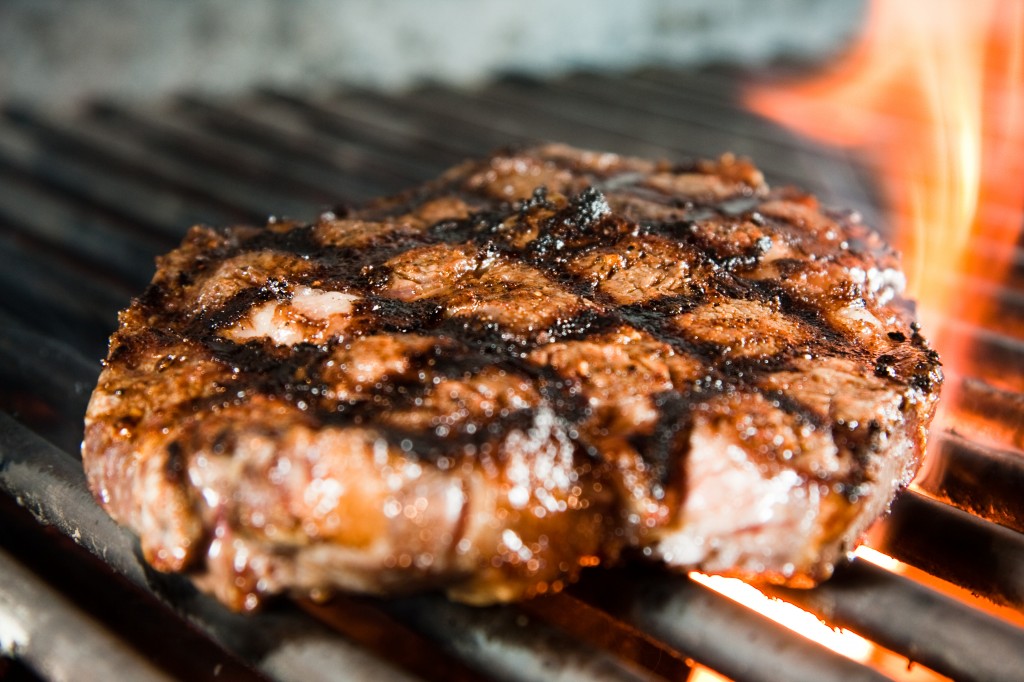There’s nothing quite like the sound of a quality, dry-aged ribeye as it hits a searing hot grill. Our mouths are watering. Right. Now. We’ve got some temperature tips on cooking your recently purchased Meat Lodge steak to grilling perfection. And if you’ve ever wondered about what temperature you should serve that hamburger at- have no fear. Meat Lodguuue is here.
Cooking thermometers take the guesswork out of cooking, as they measure the internal temperature of your cooked meat, poultry and seafood, thus ensuring a safe temperature has been reached, harmful bacteria have been destroyed, and your food is cooked perfectly.
Meats, poultry and seafood are properly cooked only when heated at a high enough temperature to kill harmful bacteria that cause food-borne illnesses.
It’s important to note that you need to let your meat rest after it’s reached the desired cooking temperature. Remove meat from heat source and let stand 10 to 15 minutes before carving. The amount of time required for resting varies with the size and the cut of your meat. During this resting time, the meat continues to cook (meat temperature typically rises 5 to 20 degrees even after it is removed from heat source), and the juices redistribute.
Below is a handy chart for the cooking temperatures of beef and lamb.
| Cut of Meat | Donness | Temperature | Description |
| Roasts, Steaks, & Chops | Rare | 120-125°F | Center is bright red and pinkish toward the exterior portion |
| Roasts, Steaks, & Chops | Medium Rare | 130-135°F | Center is dark pink and slightly brown toward the exterior portion |
| Roasts, Steaks, & Chops | Medium | 140-145°F | Center is light pink and outer portion is brown |
| Roasts, Steaks, & Chops | Medium Well | 150-155°F | Not pink |
| Roasts, Steaks, & Chops | Well Done | 160-165°F | Steak is uniformly brown throughout |
| Ground Meat | Well Done | 160-165°F | No longer pink, but uniformly brown throughout |
You can find out other cooking temperatures by checking out our other articles:
Photo Source: Another Pint Please…

